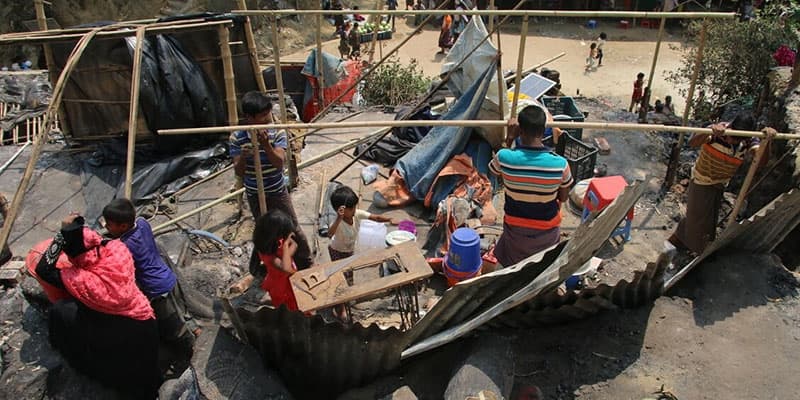Child Trafficking: Myth vs. Fact
Child trafficking affects every country in the world, including the United States. Children make up 27% of all human trafficking victims worldwide, and two out of every three identified child victims are girls[i].
Trafficking, according to the United Nations, involves three main elements[ii]:
- The act: Recruitment, transportation, transfer, harboring, or receipt of persons.
- The means: Threat or use of force, coercion, abduction, fraud, deception, abuse of power or vulnerability, or giving payments or benefits to a person in control of the victim.
- The purpose: For the purpose of exploitation, which includes exploiting the prostitution of others, sexual exploitation, forced labor, slavery or similar practices and the removal of organs.
There is much misinformation about what trafficking is, who is affected and what it means for a child to be trafficked. Read on to learn more about the myths vs. facts of child trafficking.
MYTH: Traffickers target victims they don’t know
FACT: A majority of the time, victims are trafficked by someone they know, such as a friend, family member or romantic partner.
MYTH: Only girls and women are victims of human trafficking
FACT: Boys and men are just as likely to be victims of human trafficking as girls and women. However, they are less likely to be identified and reported. Girls and boys are often subject to different types of trafficking, for instance, girls may be trafficked for forced marriage and sexual exploitation, while boys may be trafficked for forced labor or recruitment into armed groups.
MYTH: All human trafficking involves sex or prostitution
FACT: Human trafficking can include forced labor, domestic servitude, organ trafficking, debt bondage, recruitment of children as child soldiers, and/or sex trafficking and forced prostitution.
MYTH: Trafficking involves traveling, transporting or moving a person across borders
FACT: Human trafficking is not the same thing as smuggling, which are two terms that are commonly confused. Trafficking does not require movement across borders. In fact, in some cases, a child could be trafficked and exploited from their own home. In the U.S., trafficking most frequently occurs at hotels, motels, truck stops and online.
MYTH: People being trafficked are physically unable to leave or held against their will
FACT: Trafficking can involve force, but people can also be trafficked through threats, coercion, or deception. People in trafficking situations can be controlled through drug addiction, violent relationships, manipulation, lack of financial independence, or isolation from family or friends, in addition to physical restraint or harm.
MYTH: Trafficking primarily occurs in developing countries
FACT: Trafficking occurs all over the world, though the most common forms of trafficking can differ by country. The United States is one of the most active sex trafficking countries in the world, where exploitation of trafficking victims occurs in cities, suburban and rural areas. Labor trafficking occurs in the U.S., but at lower rates than most developing countries.
If you suspect someone is a victim of trafficking, contact the National Human Trafficking Resource Center at 1-800-373-7888. The confidential hotline is open 24 hours a day, every day, and helps identify, protect and serve victims of trafficking.
Sources:
[i] Give Her a Choice: Building A Better Future For Girls (Save the Children)
[ii] United Nations Office on Drug and Crime



